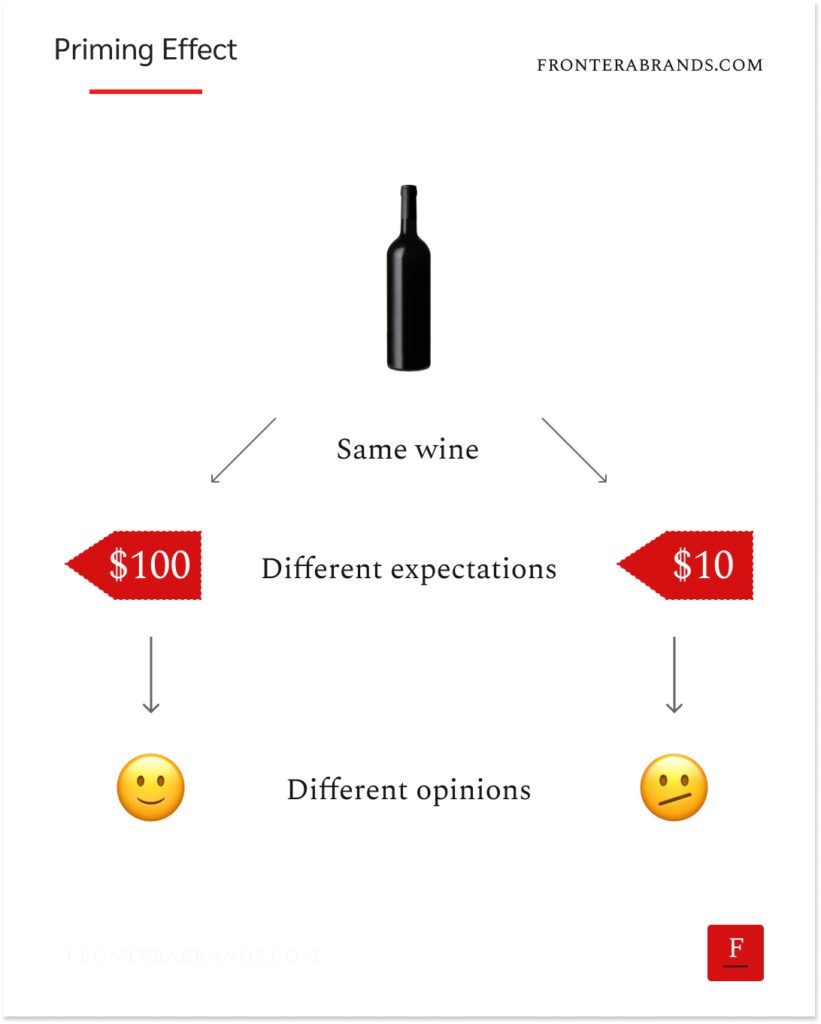How can a business create value for customers?
And how can you increase it without changing much about the product or service?
Let’s think together.
1. Benefits
Functional benefits are always a factor.
You buy a watch to know the time.
And maybe you dive a lot.
So water resistance up to a certain pressure can give you even more value.
This is clear.
But functional benefits alone don’t explain why people pay $10k+ for some watches.
There are also emotional and social benefits.
When you buy a Patek Philippe watch, you feel proud because you bought a family heirloom that you can leave to your kids.
And other people see that you wear a Patek — which gives you social status.
Or you might contract a software solution that fixes a painful problem in your operations.
So your direct reports stop complaining in every meeting.
Hence emotional and social benefits (and messaging about them) also add value to a product or service.
2. Expectations
We talked about how expectations change reality.
You know the famous example.
When people see a higher price tag on a wine, they expect it to be higher quality.
So even the same wine tastes better with a higher price tag.
That means customers get more value from the same product.
Hence increased expectations (because of price, design, specialty, or time to result) also create more customer value.

One more note here.
Context can change expectations.
The same product or service can become more valuable depending on the context.
We talked about how Swatch made their inexpensive watches much more valuable by presenting them as fashion accessories.
Or how Tesla reached insane valuations because it represented itself as a “tech” and “energy” play instead of automotive.
So presenting your brand with better anchors can set higher expectations.
Hence it can increase perceived value.
3. Brand Associations
Let’s continue.
We talked about brand associations.
Aston Martin associated itself with James Bond.
And the same car became more valuable in customers’ eyes.
Apple associated itself with creativity for more than 30 years.
The association is so strong now — research shows that even being exposed to the Apple logo makes people more creative.
Hence no matter if there are better products in the market, people pay more for the Apple brand.
So building the right associations also creates more customer value.
4. Social proof
What’s next?
The good old social proof.
How can McKinsey charge millions of dollars for consulting engagements?
Others have expertise too.
But McKinsey has social proof and a reputation.
They served hundreds of huge corporations and governments.
In those clients’ context, any mistake can be much more costly.
So they happily pay the extra price.
Hence social proof also creates more value.
The other side of the value coin
We talked about positive factors.
But there’s also the opposite side.
Because perceived value is the difference between the positive factors and the negative ones.
So all these positive factors have sisters that reduce perceived value.

Let’s talk about them.
1. Unmet needs
The first is unmet needs.
A product or a service always lacks certain benefits.
Remember how airlines struggled with variable costs for engine maintenance?
No engine manufacturer provided fixed maintenance costs.
But Rolls-Royce identified that.
And they increased their perceived value by removing that unmet need.
So unmet needs of your customers can reduce the perceived value of your brand.
2. Cost
The next one is cost.
$1 for a pack of gum?
Good value.
$20 for the same pack of gum?
It’s too much.
Yes, a higher price increases the expectations about the quality.
But in the end, the cost exceeds the benefit you get (functional or emotional) from a pack of gum.
So cost is a negative factor for value.
And that’s why pricing always requires a fine balance.
3. Unmet expectations
The next one is unmet expectations.
We talked about wine pricing.
No matter the price tag, if that wine tastes like rotten grapes, that’d reduce the perceived value of that wine.
So if promises don’t match reality — perceived value drops.
And one more thing here.
The risk of unmet expectations also matters pre-purchase.
Customers always try to assess if a brand can deliver on what it promises.
So things that increase the risk of unmet expectations —like negative social proof— also reduce perceived value.
4. Negative associations
This one is straightforward.
Some brands have negative associations by default because of the nature of their products.
Like cigarettes = health risks.
And some other brands cause them because of certain actions.
Like McKinsey’s association as expensive powerpoints from new graduates.
Or CrowdStrike’s public relations failure after they took half of the digital world down.
All negative associations reduce a brand’s perceived value.
The moral of the story
As you see from the examples, there is no such thing as objective value.
Value is relative.
It depends on the customer.
And it depends on different factors.
These factors reinforce each other: benefits build brand associations, social proof increases expectations, etc.
But the main point is:
The same product or service can become much more valuable to customers by changing their perception.
That’s why positioning matters.
It’s the art of increasing your brand’s perceived value by finding out how to maximize it.
So think about these factors.
What can you change to make your brand more valuable?
–
Enjoyed this article?
Then you’ll love the How Brands Win Newsletter.
Get the “5 Mental Models to Differentiate Your Business” guide when you join. It’s free.
